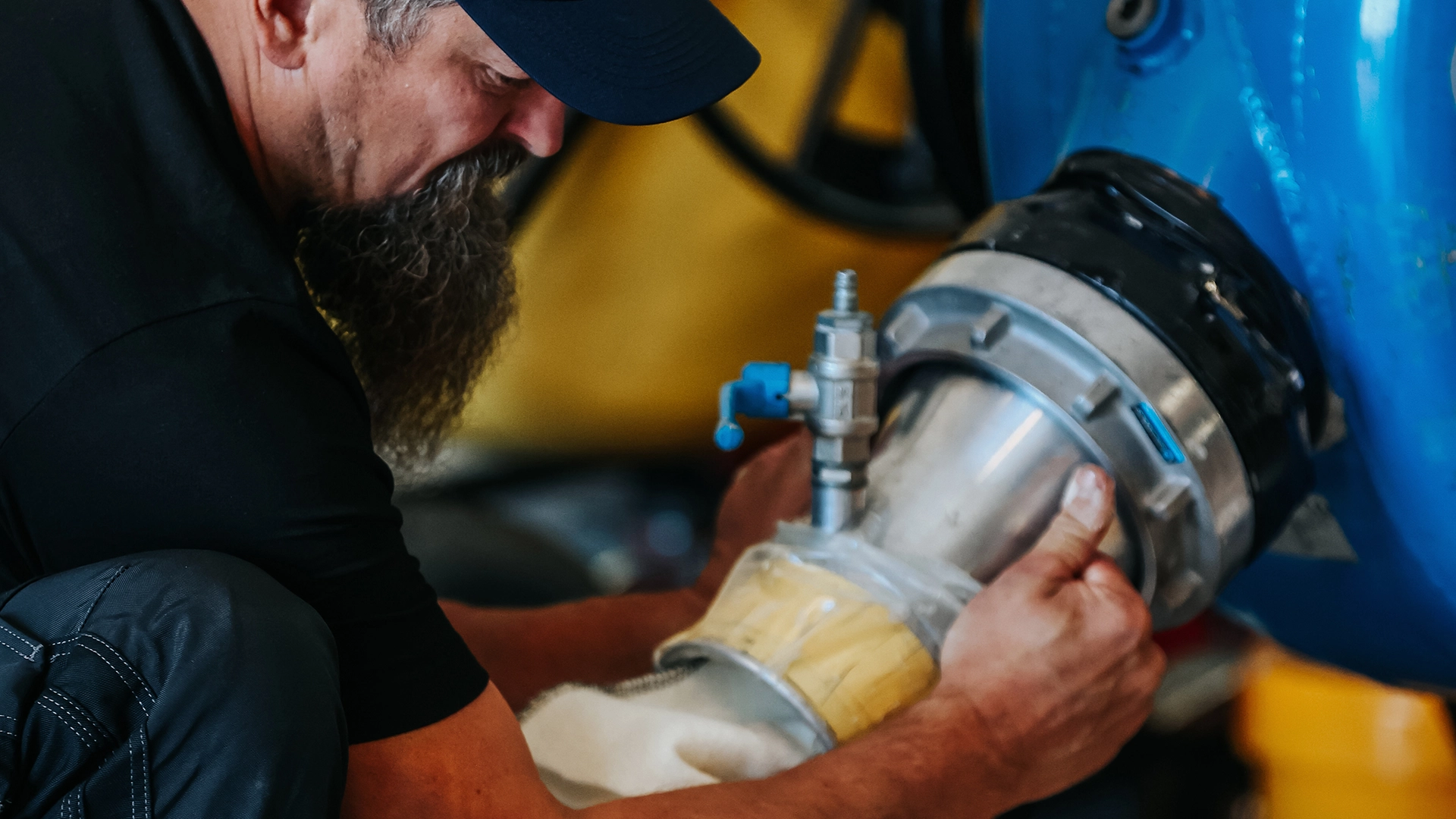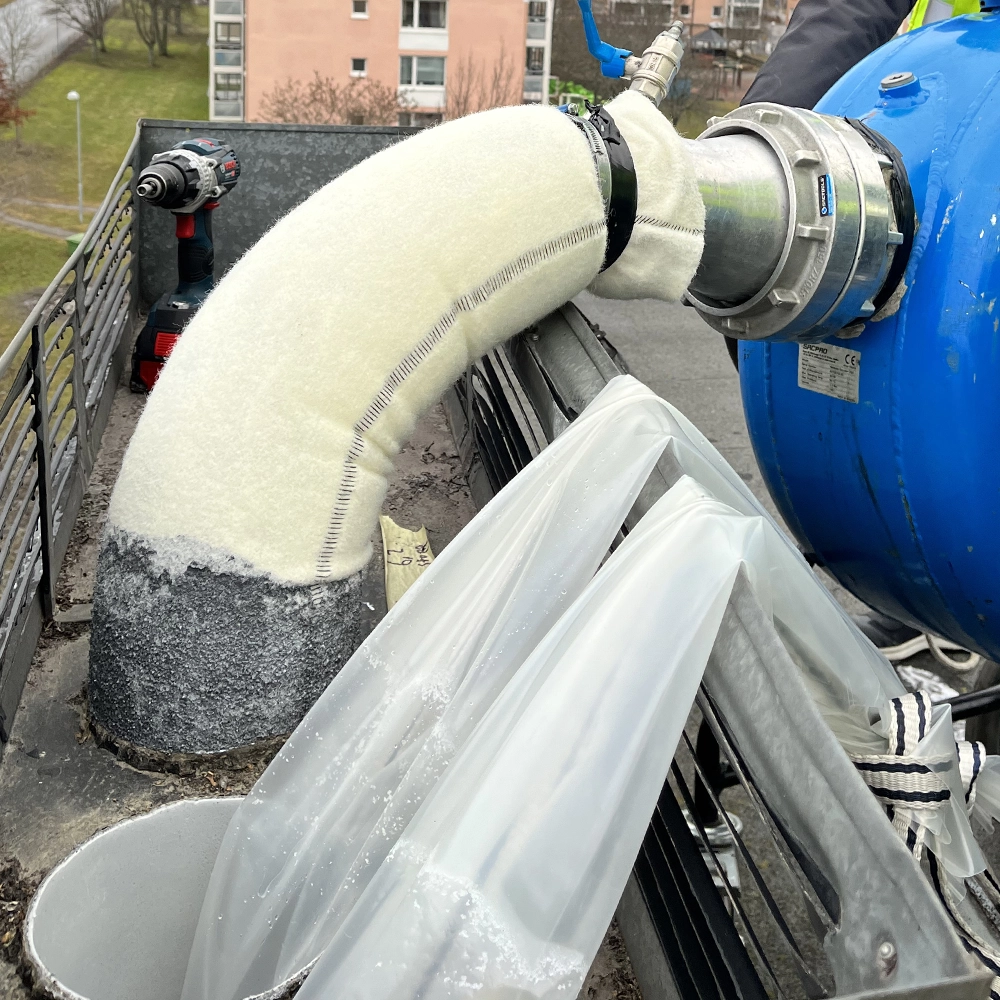Duct sealing

Duct sealing
For a better indoor climate
Leaking ventilation is an unnecessary but common problem. Up to 80 per cent of the exhaust air ducts leak in Swedish residential buildings built before 1990. According to a report from the Swedish Energy Agency, this means unnecessary costs and poor air quality for many.
Good ventilation is required by law, and it may only take a certain amount of time for all the air in a residential building to be replaced. Leaks are a common reason why ventilation systems fail to work properly, which risks a failed Obligatory Ventilation Control (OVK). Stagnant air can also cause mould and serious health problems, such as allergies and asthma. Excessive carbon dioxide content can lead to fatigue and difficulty concentrating. To increase the airflow in ventilation systems, it is common for property owners to install a fan at the top of the duct. The higher flow means that heated/cooled air is sucked out unnecessarily, which leads to increased heating costs.
A ‘sock’ filled with composite material is inserted into the ventilation duct and inflated to form a new sealed pipe inside the duct. The method is eco-friendly, minimizes damage to the environment and significantly reduces waste management. The composite material utilizes the entire size of the ventilation duct and can handle both bends and transitions between different diameters without any problem. It can also handle movement and settlement of the building.
No need for demolition, short payback period
Duct sealing does not require the demolition of walls and other extensive interventions. The material is not harmful to breathe in during the curing period, and only a few visits to the apartments are needed during the work. Any renovation that risks releasing asbestos usually requires asbestos removal. In the case of duct sealing, the asbestos is instead encapsulated and does not end up in the air.
The energy savings pay off quickly – normally within two to seven years. Sealed ducts also make it easier to calculate and get good function in FX and FTX systems The method has a life expectancy of 20-50 years depending on the condition of the building. This has been calculated through laboratory tests. Moreover, since ventilation systems are not exposed to UV light, it ages very slowly.
The material forms a seal, withstands high temperatures and complies with the Swedish National Board of Housing, Building and Planning’s building regulations (BBR) and is included in the Building Product Designation and SundaHus. Compared to tearing out the existing ventilation system, duct sealing has significantly less environmental impact.
Find your supplier
Southern Sweden
Western Sweden
Central Sweden
Denmark
Norway
